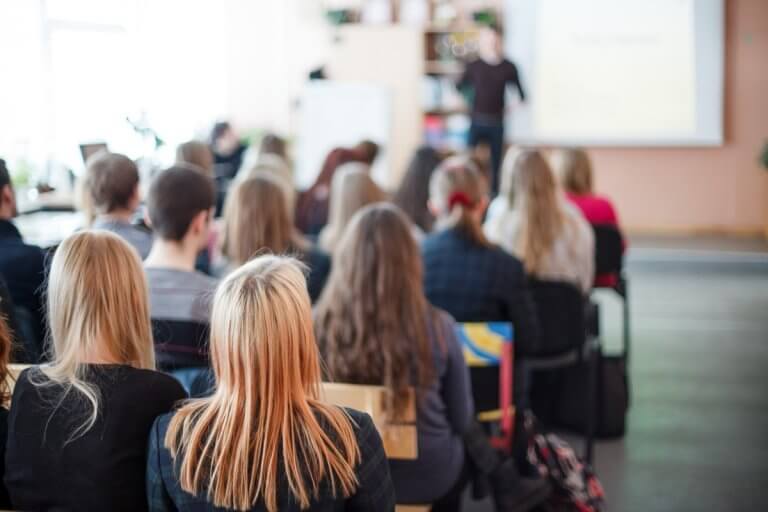
Social and emotional learning (SEL) has steadily gained prominence in schools as parents, teachers and administrators increasingly realise their potential.
The Collaborative for Academic, Social, and Emotional Learning (CASEL), an organisation that works towards integrated social-emotional learning for preschool through high school, describes SEL as “the process through which children and adults understand and manage emotions, set and achieve positive goals, feel and show empathy for others, establish and maintain positive relationships, and make responsible decisions”.
SEL is said to comprise of five components, including self-awareness, self-management, social awareness, relationship skills and responsible decision-making.
Is #SEL important to you? What can your school do to improve its SEL techniques?https://t.co/9qmAka7pk5 via @McGrawHillK12 #DeeperLearning #EdChat
— McGraw-Hill Education (@MHEducation) February 9, 2019
According to the 2018 Social and Emotional Learning Report by McGraw-Hill Education, 96 percent of administrators, 93 percent of teachers and 81 percent of parents believe SEL is just as important as academic learning.
The report was based on the survey responses of over 1,140 educators, administrators and parents.
Almost two-thirds of educators surveyed said, “their school is in the process of implementing a school-wide strategic SEL plan”, while teachers and administrators most commonly cite “negative student behaviours such as bullying” among the issues SEL has the potential to combat.
Meanwhile, parents commonly cite improving school safety as the most important benefit of teaching SEL skills in the classroom.
The report also notes that teachers, administrators and parents:
- “strongly agree that SEL significantly impacts academic performance and future success”
- that its short-term benefits include “positive attitudes about self and others”
- that its long-term benefits include improving mental health
“The sum total of the existing evidence, we found, strongly suggests that SEL programs do, in fact, have significant benefits for participating students.”#SEL #research https://t.co/Tz1lY48Ty4
— SocialEmotionalLearning (@SELearningEDU) January 23, 2019
Meanwhile, research has shown that SEL programmes can “increase academic achievement and positive social interactions, and decrease negative outcomes later in life” among at-risk students.
“When students are struggling and school performance is poor, they are more likely to find school and learning as a source of anxiety, manifesting in diminished self-efficacy, motivation, engagement, and connectedness with school,” said Psychologist, Dr. Christina Cipriano via rethinkEd.
Hence, SEL training in the classroom can prepare at-risk students for a healthy and successful life well beyond school.
Separate findings say that SEL “reduces aggressive behaviours in the classroom, freeing teachers and students to focus more on learning”, and “teaches young students how to cope with everyday disappointments as well as the deep cuts of trauma”.
One district in NJ thinks of students as problem solvers to help them improve reading and social and emotional learning skills. Can their process work in classrooms across the country? (via @edutopia)
https://t.co/C4Q7bvmk8R— PBS Teachers (@pbsteachers) February 11, 2019
Seeing its potential benefits and popularity in some circles, how can educators who have not used SEL integrate it into their classrooms?
According to Jennifer Ross on eSchoolNews, teachers can do this in several ways, including:
- Address all students encountered with eye contact, in addition to saying their name
- Ask relevant questions that are specific to their interests (e.g. ask questions about activities, etc., you have in common to build a relationship)
- Encourage students to compliment each other
- Select resources that model and reinforce the behaviours you want students to learn
- Be creative in developing opportunities where students can regularly participate
Liked this? Then you’ll love…
Tackling doxing among school-going youths
New report emphasises the need for social and emotional skills in US high schools







